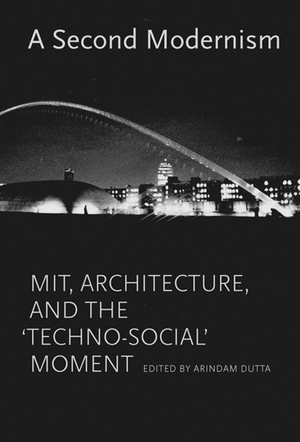Für statistische Zwecke und um bestmögliche Funktionalität zu bieten, speichert diese Website Cookies auf Ihrem Gerät. Das Speichern von Cookies kann in den Browser-Einstellungen deaktiviert werden. Wenn Sie die Website weiter nutzen, stimmen Sie der Verwendung von Cookies zu.
Cookie akzeptieren
A Second Modernism: Mit, Architecture, and the Techno-Social Moment
- MIT Press
- 2013
- Gebunden
- 928 Seiten
- ISBN 9780262019859
After World War II, a second modernism emerged in architecture-an attempt, in architectural scholar Joan Ockman's words, "to transform architecture from a 'soft' aesthetic discipline into a 'hard,' objectively verifiable field of design expertise." Architectural thought was influenced by linguistic, behavioral, computational, mediatic, cybernetic, and other urban and behavioral models, as well as systems-based and artificial intelligence theories. This nearly 1,000-page book examines the "techno-social" turn in architecture, taking MIT's School of Architecture and Planning as its exemplar. In essays and interviews, prominent architectural historians and educators examine the postwar "research-industrial" complex, its attendant cult of expertise, and its influence on life and letters both in America and abroad. Paying particular attention to the ways that technological thought affected the culture of the humanities, the social sciences, and architectural design, the book traces this shift toward complexity as it unfolded, from classroom practices to committee deliberations, from the challenges of research to the vicissitudes of funding. Looking closely at the
Mehr
Weniger
zzgl. Versand
Etwa 20 Tage